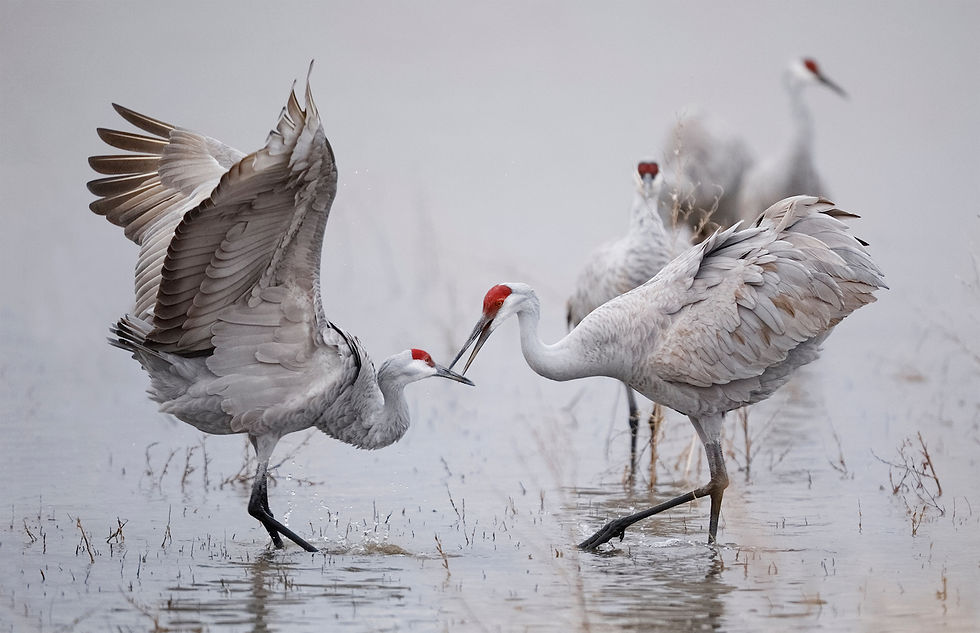How do robins find worms?
- Willy's Wilderness
- Mar 15, 2023
- 2 min read
Updated: Jul 24
You’ve probably seen a robin in your yard poking around for worms, but have you ever wondered how they locate their favorite food from aboveground?

It's common to see a robin turning its head to one side, presumably to find a worm using its sense of sound. And while finding worms is a sensory experience for robins, they might not be using the senses you would expect. Because robins are aboveground and worms are below it, you might think they rely on a keen sense of smell to sniff them out, or maybe a good sense of hearing to listen for the sounds of them moving in the soil. Neither is really the case, however.
We know a lot about how robins find worms thanks to experiments designed by ornithologist Frank Heppner, who wondered about it himself. Heppner determined that smell is not a factor in how birds find foods. And by using recording devices, he determined that robins ignore the sounds worms make as they burrow down below. They also don't feel the worms moving around beneath them.
Instead, it's primarily their sense of sight that robins use to find a meal. How do they see the worms beneath ground level? They dig small holes into the earth and then take a look to see if there are any worms in view.
Words to know
Distinct: Readily distinguishable using the senses.
Keen: Highly developed.
Ornithologist: A person who studies birds.
Peculiar: Strange or odd.
Sensory: Relating to the senses.
Heppner thought robins relied on their sense of sight to find worms, so he designed an experiment to determine if he was correct. As part of the experiment, he drilled holes in the ground just like the ones the robins dig themselves. The robins would show interest in the holes only if a worm was visible inside. He further tested his idea by using fake worms, living worms and worms coated in a foul-smelling substance. No matter the kind of worm inside, as long as the birds could see the worms, they were interested in the hole.
So if robins find worms by seeing them, why the head tilting? That's related to their vision too. Like many songbirds, their eyes are on the sides of their heads. When they tilt their heads, they are turning to get a good look with one eye and then turning their head to get a good look with the other.
Robins aren't the only birds that eat worms, but they do eat a lot of them — as much as 14 feet of earthworms in a single day. Other worm-eating birds include killdeers, plovers, wrens and woodcocks.
Woodcocks are known for a peculiar dance, and it was long thought that they walk in this very distinct way because it causes the worms underfoot to move around, making them easier to find and eat. However, studies have shown that woodcocks also do this walk on frozen ground, when the worms are too far below ground to dig up. Another possible explanation for the unique walk is that they are signaling potential predators that they are aware of their presence.


